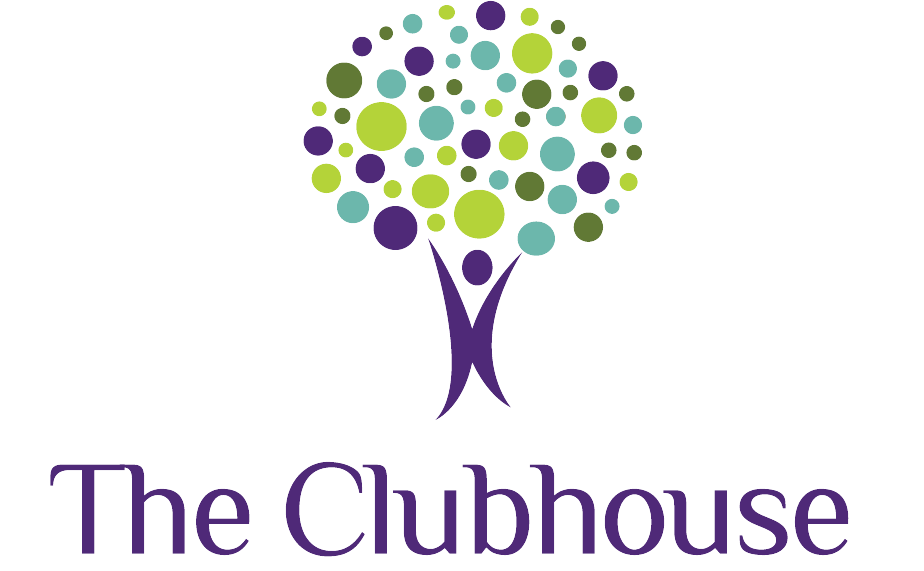Communicating and understanding what others say is one of the most important developmental milestones your child will reach. Many caregivers report that their child understands and follows directions but is not yet using words to communicate. If this sounds familiar, there are a number of strategies you can use to help your child learn to speak. Below are 8 simple strategies to encourage language development that you can incorporate into your daily routines.
-
Get Your Child’s Attention
Your little ones are not expected to attend for long periods of time – think 2 to 3 minutes per year of their age. You can get your child’s attention by getting down to their eye level, holding objects of interest by your eyes or mouth, and calling their name prior to speaking to them.
-
Make Comments
Asking questions comes naturally, but make sure to mix in frequent comments about what you or your child is doing. Think about speaking from your child’s point of view, using phrases such as “I am putting the block on” or “I see a lion”. You will be using the language that you want to hear them use.
-
Follow Your Child’s Lead
Let your toddler lead you in play. Focus on what he or she is focused on rather than trying to choose an activity for them. This will lead to increased joint attention and more opportunities for language!
-
Copy and Add to What Your Child Says
Copy and add one or two words to what your child says. If your child says “car” you can say “big car” or “go car”.
-
Repeat it Correctly
It is expected that children will say words differently than adults. When your child mispronounces a word, repeat it back to them correctly without expecting them to imitate it back to you.
-
Use Repetitive Phrases
Use simple and repetitive phrases such as “ready, set, go” during a variety of activities. You can create different phrases to repeat during daily routines such as “open it” (to request opening a box, a book, a door, etc.). After multiple repetitions, pause after the first word or two and see if your child will fill in the blank.
-
Provide Expectant Pauses
After making a comment or asking a question, provide your child with an expectant 5-10 second pause. Look directly at your child, raise your eyebrows and give them time to respond.
-
Give Choices
During daily routines and play, provide your child with choices. For example, during mealtime you could ask your child “Do you want macaroni or a hot dog?” Provide an expectant pause, or if your child points or reaches towards one, label the food before handing it to your child.
It’s important to remember that if you have concerns about your child’s communication development, you should reach out to a licensed speech-language therapist for a complete evaluation. Early intervention is key!
Written by Sara Shapiro, M.A., CCC-SLP

